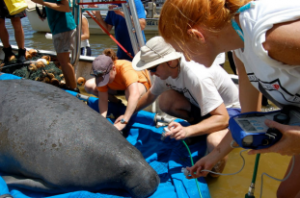Notes from the Field is an educational newsletter created for middle school students that focuses on issues relevant to coastal communities in southeast Louisiana and the Gulf of Mexico. Exploring topics ranging from periwinkle snails to tropical storms to coastal erosion, each issue includes educational hands-on activities, puzzles, term glossaries, interviews with scientists, and scientific research.
Click the newsletter covers below to download the PDF!

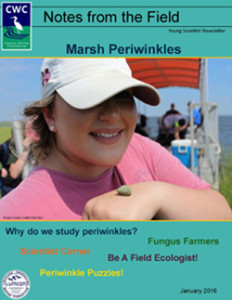
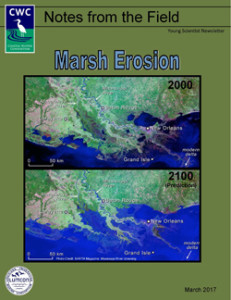

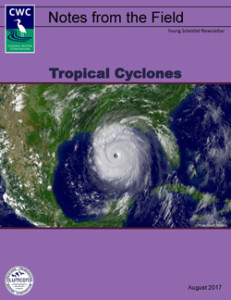
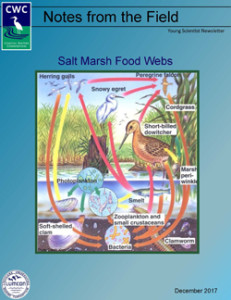
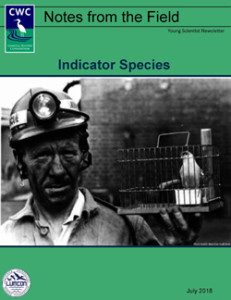
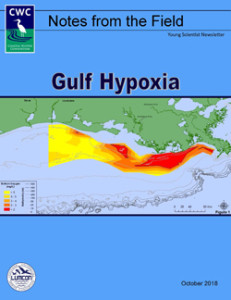
 Deep-sea investigators served as consultants for their partner Oregon Coast Aquarium’s educational infographic about diel vertical migration – the largest animal migration phenomenon on earth. The consortium has printed several copies of the poster to distribute to teachers as well as a large banner for use during outreach events.
Deep-sea investigators served as consultants for their partner Oregon Coast Aquarium’s educational infographic about diel vertical migration – the largest animal migration phenomenon on earth. The consortium has printed several copies of the poster to distribute to teachers as well as a large banner for use during outreach events.